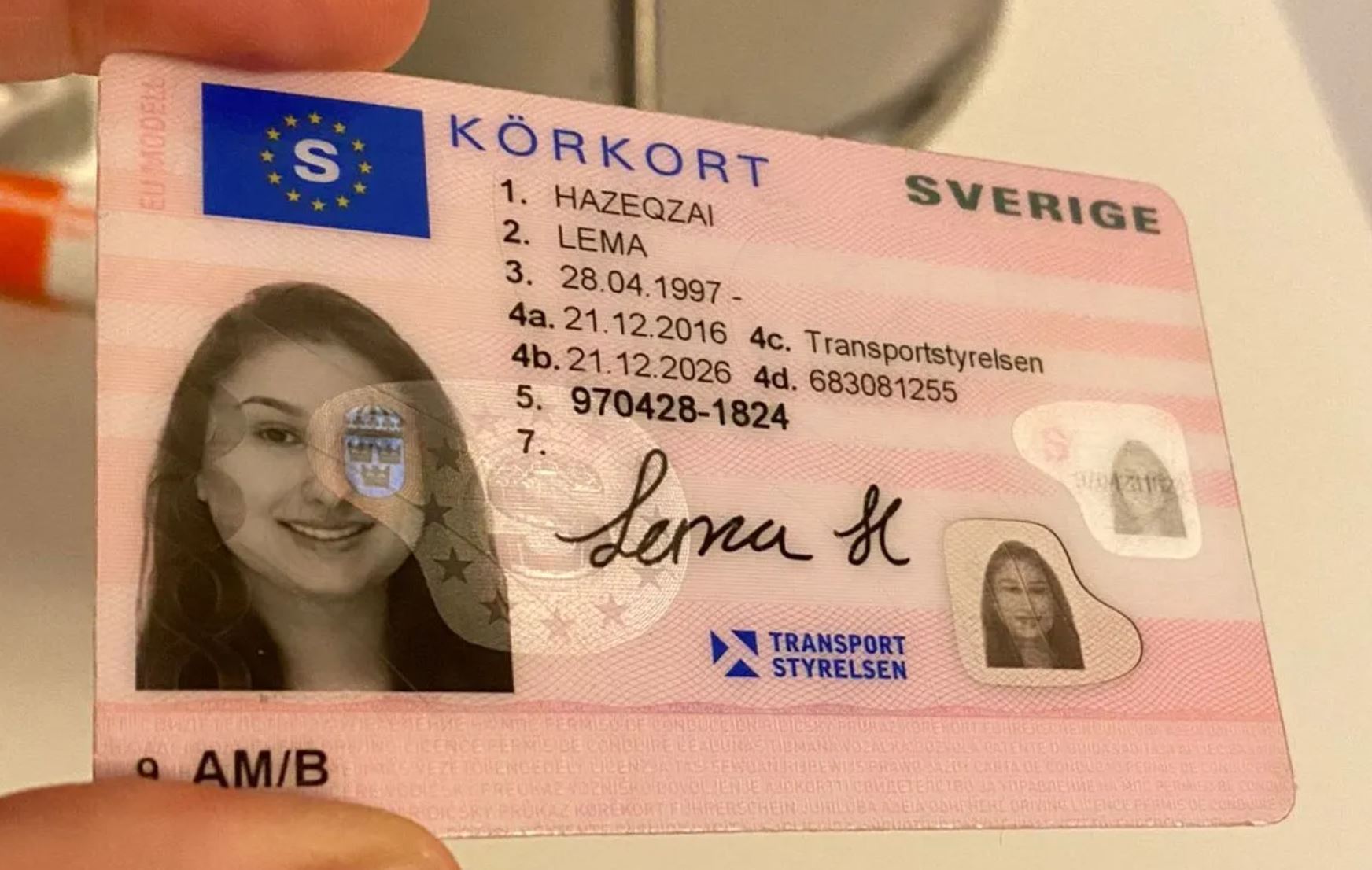The Future of Driving Licenses: ID Handling in 2025
As innovation continues to progress at an extraordinary rate, various sectors are accepting developments to boost user experience and performance. Among the locations experiencing considerable improvement is identity management, especially concerning driving licenses. With the introduction of digital licenses and advanced identification methods, the landscape of driving license ID handling is anticipated to undergo significant changes by 2025. This post checks out the anticipated developments in driving license ID handling, the ramifications for users, and answers often asked questions about the future of driving licenses.
The Evolution of Driving Licenses
Driving licenses have actually typically worked as a way of identifying an individual's authority to operate an automobile. They likewise serve multiple secondary purposes, including age verification and identity verification for banking and travel. Nevertheless, the physical card system has restrictions, including risks of counterfeiting, loss, and out-of-date information. As society gravely counts on efficient and protected identification systems, the shift toward digital licenses is becoming significantly popular.
Existing Trends in Driving License ID Handling
- Digital Licenses: Many states are piloting digital driving licenses that permit users to save their credentials on their smart devices. These digital licenses are designed with advanced security features, including biometric information, and can be scanned or shared securely.
- Blockchain Technology: Some jurisdictions are checking out blockchain to improve the security and authenticity of driving licenses. This innovation ensures that information can not be damaged and that the data is easily verifiable.
- Facial Recognition: Increasingly used in recognition practices, facial acknowledgment innovation can accelerate the procedure of verifying a person's identity versus their driving license. Köp Snabbt Körkort helps in reducing scams and maintain the stability of the licensing systems.
- Multi-Functional Licenses: Future driving licenses might incorporate extra functions such as health records, travel paperwork, and even payment systems, offering an extensive identity service.
The Benefits of Digital Driving Licenses by 2025
The shift towards digital driving licenses provides numerous advantages, including:
- Convenience: Users can access their licenses anytime, which eliminates the requirement for physical cards. This is especially beneficial when people forget their license, as digital copies can be retrieved rapidly.
- Security: Advanced security steps can decrease the danger of identity theft, fraud, and unapproved duplication. Digital licenses frequently include file encryption and biometric confirmation.
- Performance: Reduced wait times at federal government offices and throughout traffic stops, as police can confirm digital licenses immediately.
Ramifications for Users
While the developments in driving license ID dealing with present various advantages, they likewise include obstacles. Users need to adapt to new innovation and guarantee they comprehend the changes and their implications. Here are some considerations:
- Privacy Concerns: With increased digital footprints, there will be heightened concerns over data privacy and how biometric information is kept and used.
- Accessibility Issues: Individuals without access to smart devices or digital technologies may deal with barriers to obtaining and making use of digital licenses.
- Regulatory Compliance: With various jurisdictions embracing different systems and procedures, users must know their regional laws relating to digital licenses and recognition.
Anticipated Changes in Driving License ID Handling by 2025
| Aspect | Present Status | Anticipated Change by 2025 |
|---|---|---|
| License Format | Physical cards | Predominantly digital licenses |
| Confirmation Process | Manual checks | Automated biometric verification |
| Security Measures | Fundamental holograms and functions | Advanced encryption and blockchain |
| Jurisdictional Differences | Fragmented procedures across states | More standardized national systems |
| User Interaction | In-person renewals and checks | Mobile applications for management |
FAQs
1. What is a digital driving license?A digital driving license is an electronic version of a traditional driving license that is stored on a mobile phone. It can be used for identification and confirmation in various circumstances, with enhanced security functions to prevent fraud.
2. How will digital licenses improve security?Digital licenses utilize file encryption and biometric information, making them more hard to forge or misuse compared to standard cards. Additionally, Köpa Ett Körkort can guarantee data credibility and integrity.
3. Will everybody be required to change to a digital license?While numerous jurisdictions are approaching digital licenses, guidelines may vary. Users are encouraged to contact their local licensing authorities for specific standards.
4. What are the potential drawbacks of digital licenses?Some prospective downsides consist of personal privacy concerns relating to data storage, accessibility problems for people without mobile phones or digital literacy, and the requirement for a robust regulative framework to handle security and user rights.
5. How can I prepare for the shift to digital licenses?Stay informed about regional efforts regarding digital licenses, explore available mobile applications for handling identification, and cultivate digital literacy to browse brand-new innovations with confidence.
The future of driving licenses and ID handling is poised for considerable advancement by 2025. As digital licenses end up being more widespread, users will experience improved security, benefit, and effectiveness. Nevertheless, alongside the advantages come obstacles that will need public awareness and adjustment. Stakeholders should focus on education, regulation, and availability to make sure a smooth shift that empowers people with the recognition tools of the future. As technology advances, so too will the techniques through which society manages identity, particularly essential in processes as basic as running an automobile.

